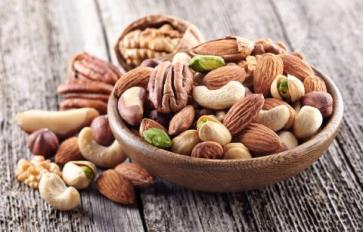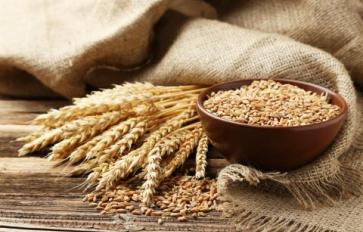
Apricots are a member of the family Rosaceae, commonly known as the Rose family of the genus Prunus L. or plum P. Its species names is Prunus armeniaca L. or apricot P. The nomenclature apricot is said to be derived from the Italian word “albercocco.” The fruit is considered a dupe and is related to the cherry, plum, nectarine, peach, and almond. Its origin is in central Asia; it was found growing wild in northern China, Siberia, and Korea. The Chinese have been cultivating the plant for approximately 5000 years and inscriptions of the apricot symbol were discovered as early as the 18th century B.C.E. The apricot made its way to Iran in the 1st century C.E., and then through Armenia to Greece and Rome. The plant arrived in England in 1542 by Henry VIII's gardener, Jean Le Loup, and was brought to Mexico by the Spaniards where it was cultivated and eventually found its way to California. It made its way to Virginia in the early 18th century but it did not do well in the eastern climate.
The apricot tree grows to approximately forty-five feet in height but is usually pruned down to twelve to fifteen feet in height, and it produces more fruit as it matures. It is a popular decorative landscape tree bearing white, pink, or red flowers as early as late winter in some regions. Apricot trees have an extensive root system and it is advised to plant them at least twenty feet apart. The fruit is small and golden orange in color with velvety skin and a dry flesh. It has a smooth, sweet flavor that can be described as musky with a tinge of tartness. The fruit ripens in early summer (before the plum and peach) to usher in the season. The fruit is versatile and makes a healthy snack; it can be dried, cooked in pastry recipes, and preserved in jam. The essential oil from the pit can be found in stores marketed as bitter almond oil.
All About Apricots
1. Highly nutritious, apricots contain vitamins C and A, fiber, copper, and potassium. They also contain a variety of antioxidants which are essential in the prevention of many maladies. These antioxidants include quercetin, proanthocyanidins, catechins, epicatechins, hydroxycinnamics, gallic acid, caffeic acid, coumaric acid, ferulic acid.
2. The antioxidants in apricots protect cells from free radical damage because they contain flavonoid phytonutrients like catechins. This substance is essential in preventing inflammation because it is a factor in the inhibition of cyclooxygenase, an enzyme that is a critical part of inflammation. This antioxidant is a catalyst in the prevention of damage to blood vessels caused by inflammation.
3. Rich in vitamin A, apricots are a factor in ocular health. They possess nutrients like carotenoids and xanthophylls that protect the eye from age-related damage. Apricots also contain lutein which aids in a healthy retina. Moreover, apricots have retinol and beta carotene, a factor in preventing macular degeneration. It also is an aid in a healthy immune system and protects the skin.
4. Apricots are a factor in a healthy digestive system. Their high fiber content is essential in the lower digestive process. Fiber bulks the stool to help waste pass through the bowels. It stimulates gastric and digestive juices that aid in the breakdown and absorption of the nutrients. It activates the peristaltic motion of the digestive tract which helps to regulate bowel movement, and it is a major factor in the prevention of constipation.
5. For heart health, apricots are a great addition to the diet. High in vitamin C, potassium, and fiber, they can lower blood pressure, relax the tension in the blood vessels and arteries, and clean excess cholesterol from the lining of the circulatory system. These factors reduce the strain on the heart and help to prevent heart disease and stroke.








